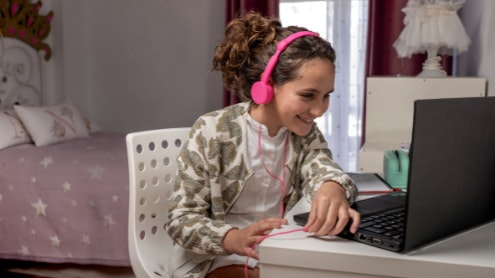Homepage
•
Learning Library
•
Blog
•
How One District Bridged the Digital Divide
Expand breadcrumbs
Expand breadcrumbs
- Learning Library
- Blog
- How One District Bridged the Digital Divide
- Homepage
- •
- Learning Library
- •
- Blog
- •
- How One District Bridged the Digital Divide
How One District Bridged the Digital Divide
By Dr. Susan Enfield
August 30, 2022








